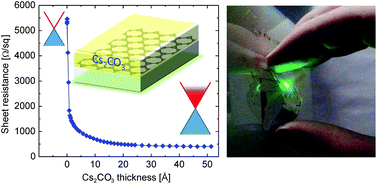Simon Sanders, Andrea Cabrero-Vilatela, Piran R. Kidambi, Jack A. Alexander-Webber, Christ Weijtens, Philipp Braeuninger-Weimer, Adrianus I. Aria, Malik M. Qasim, Timothy D. Wilkinson, John Robertson, Stephan Hofmann and Jens Meyer
Nanoscale, 2015,7, 13135-13142
DOI:
10.1039/C5NR03246F,
Paper


